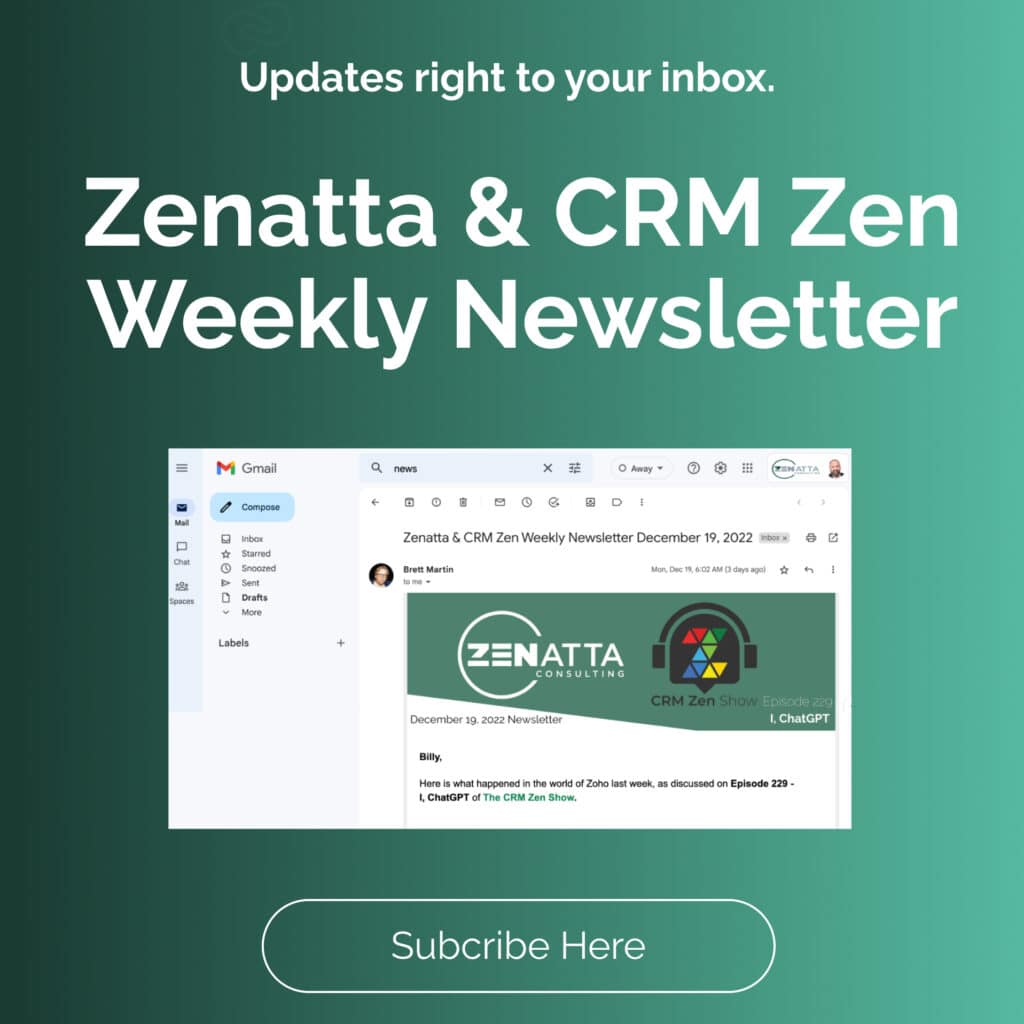Most organizations struggle to get their staff to use the CRM as designed. Most of the time it’s due to the CRM being difficult to use, data entry rules being tedious, and the actual staff getting little benefit from entering data. So how can we fix these problems to improve your CRM usage and the data it collects?
1. Provide useful data in the CRM
The best way to make a CRM more appealing is to make it more useful. Rather than attempting to force compliance by disciplining or retraining employees that aren’t keeping up with their CRM duties, you might have better luck by making the CRM more useful to them. Create a CRM that your staff will love. If the data in the CRM makes their jobs easier, you’ll get better compliance in no time. Make it an integral part of their job that they’re happy to rely on.
2. Simplify protocols and user requirements
Do you know how much time your employees spend in the CRM? If you don’t, find out. There’s a good chance you can shorten that time by simplifying protocols and requirements for data entry. Make your CRM easier to use, and your team will use it more.
Can you generate and log the data automatically with CRM integration? Can you simplify the rules for entering data in the CRM while not reducing quality? If you can automate data cleaning so your team doesn’t need to do it, they’ll be far less resentful of the time it takes to enter data.
3. Integrate CRM KPIs into performance reviews
This recommendation is less carrot and more stick. If your team needs to use the CRM to get their job done, then it’s fair to monitor that usage and consider it when evaluating an employee’s performance. This is especially true if your correct CRM usage is strongly correlated with positive job performance, as is frequently the case. If the CRM is important to the job, it should be tracked and analyzed.
Of course, this should be used in conjunction with meaningful performance KPIs like revenue and sales. But it can provide an incentive for employees that might try to avoid paperwork whenever possible.
4. Get a better CRM
There are plenty of CRMs out there, and more than a few terrible ones. If your CRM is fighting against your staff, don’t make them fight back. Instead, look for a better CRM. Zoho CRM is one of the easiest CRMs to use, both as a novice and an advanced user. If your team is unsatisfied with the CRM, consider what a good CRM could do for your organization’s revenue and success rates.
5. Sanitize data in place automatically
Humans are imperfect. You can’t get around that. Don’t bother trying to squeeze perfect data entry out of your staff. Instead, let the computer do what it does best: automate the boring stuff. Every major CRM has a tool for cleaning and sanitizing data entered by your staff. This can happen at the time of entry with data type restrictions (only numbers can be entered into the revenue field, for example) or with daily post-processing (removing white space, fixing spelling errors, validating addresses, correcting broken URLs, and so on).
To be fair, this isn’t easy to implement, but this can all be coordinated with the help of a competent IT team and a technical expert in your CRM. If you’re working with Zoho CRM, Zenatta can help you improve your team’s compliance by improving your CRM until it’s so good they can’t help, but love it.


